Archives
- 2025-12
- 2025-11
- 2025-10
- 2025-09
- 2025-03
- 2025-02
- 2025-01
- 2024-12
- 2024-11
- 2024-10
- 2024-09
- 2024-08
- 2024-07
- 2024-06
- 2024-05
- 2024-04
- 2024-03
- 2024-02
- 2024-01
- 2023-12
- 2023-11
- 2023-10
- 2023-09
- 2023-08
- 2023-06
- 2023-05
- 2023-04
- 2023-03
- 2023-02
- 2023-01
- 2022-12
- 2022-11
- 2022-10
- 2022-09
- 2022-08
- 2022-07
- 2022-06
- 2022-05
- 2022-04
- 2022-03
- 2022-02
- 2022-01
- 2021-12
- 2021-11
- 2021-10
- 2021-09
- 2021-08
- 2021-07
- 2021-06
- 2021-05
- 2021-04
- 2021-03
- 2021-02
- 2021-01
- 2020-12
- 2020-11
- 2020-10
- 2020-09
- 2020-08
- 2020-07
- 2020-06
- 2020-05
- 2020-04
- 2020-03
- 2020-02
- 2020-01
- 2019-12
- 2019-11
- 2019-10
- 2019-09
- 2019-08
- 2018-07
-
Introduction Glucose is the major carbon source in most orga
2020-12-30
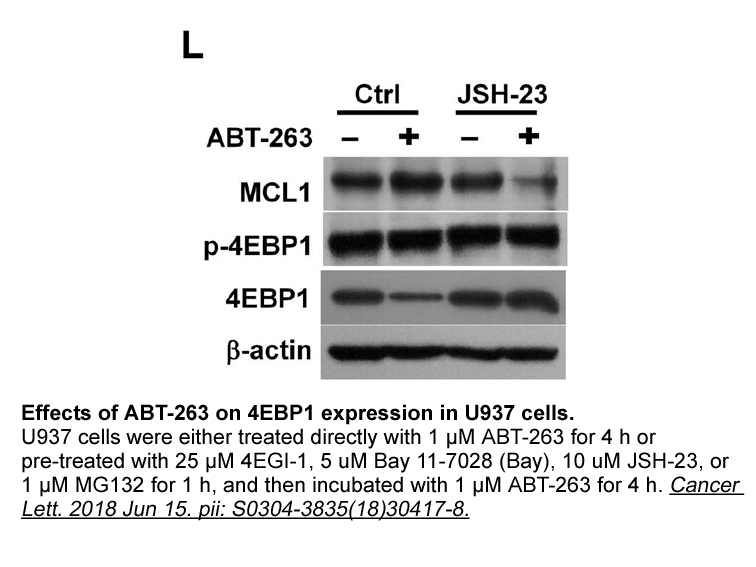
Introduction Glucose is the major carbon source in most organisms. Cancer NU 9056 receptor in particular require a steady source of energy to maintain growth and proliferation, and preferentially use glycolysis for their energy supply even under aerobic conditions. Glucose uptake in mammals is mai
-
The present study showed evidence that
2020-12-30
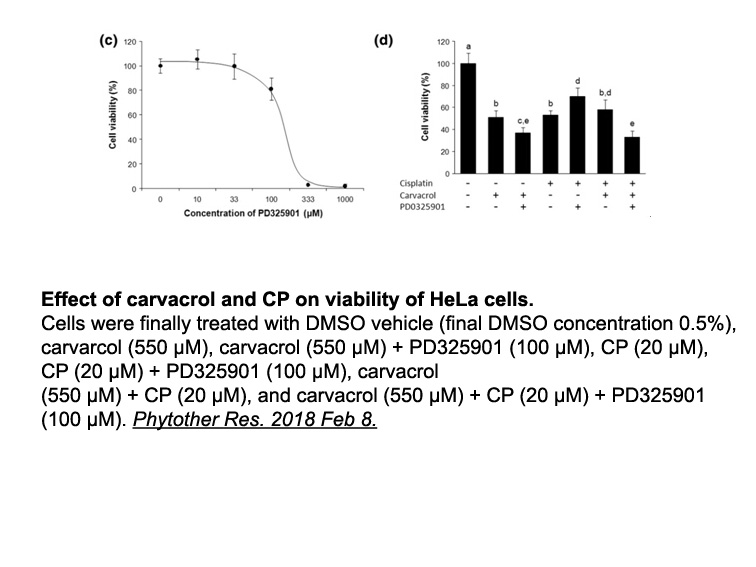
The present study showed evidence that the AT1 and the ETA receptors were not expressed near or on the plasma membrane as monomers, but also as possibly constitutive dimers and tetramers. For both receptors, the proportion of monomers, dimers and tetramers were unaffected by their respective agonist
-
The aim of this study was to
2020-12-30
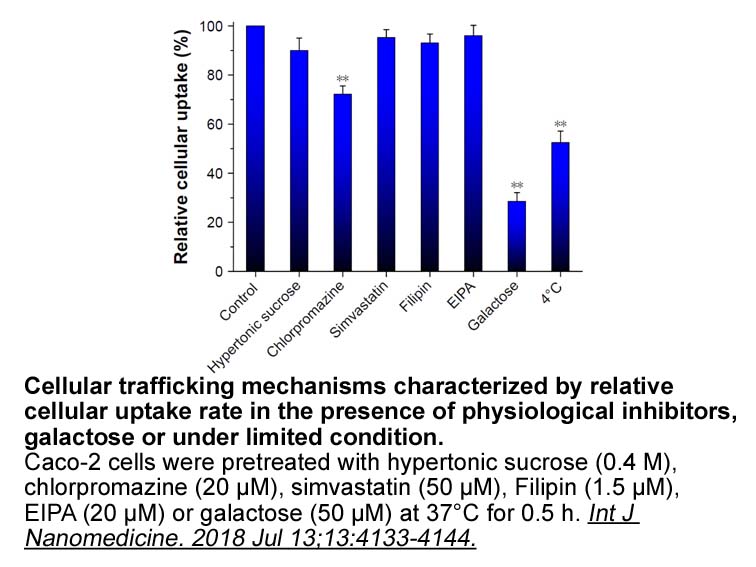
The aim of this study was to discover and characterize a novel thermostable gluten-specific prolyl endopeptidase suitable for use during the mashing step of beer production. Subsequently to express the recombinant enzyme in E.coli and to demonstrate degradation of immunogenic gluten derived peptides
-
In the present study real time polymerase chain
2020-12-30
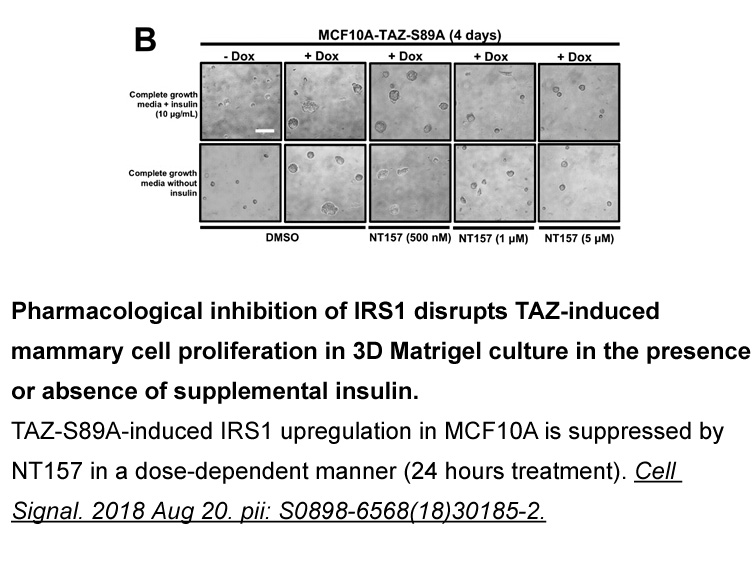
In the present study, real-time polymerase chain reaction also confirmed that gene expressions of RT1 class II, locus Bb (RT1-Bb) was up-regulated and Spi-B transcription factor (Spib) was downregulated at day 3 after the VMH lesions. These two genes work as one of immune responses. RT1-Bb controls
-
E ligases provide substrate recognition specificity
2020-12-30
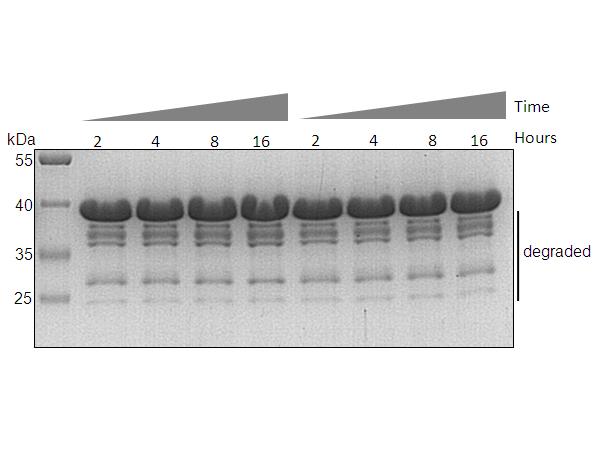
E3 ligases provide substrate recognition specificity Ubiquitination labetalol hydrochloride and substrate specificity in mammals is achieved by the existence of over six-hundred E3-ubiquitin ligases that catalyze the final step of ubiquitination, compared with only one E1 and very few E2 enzymes kn
-
The compounds were ranked based on the
2020-12-29
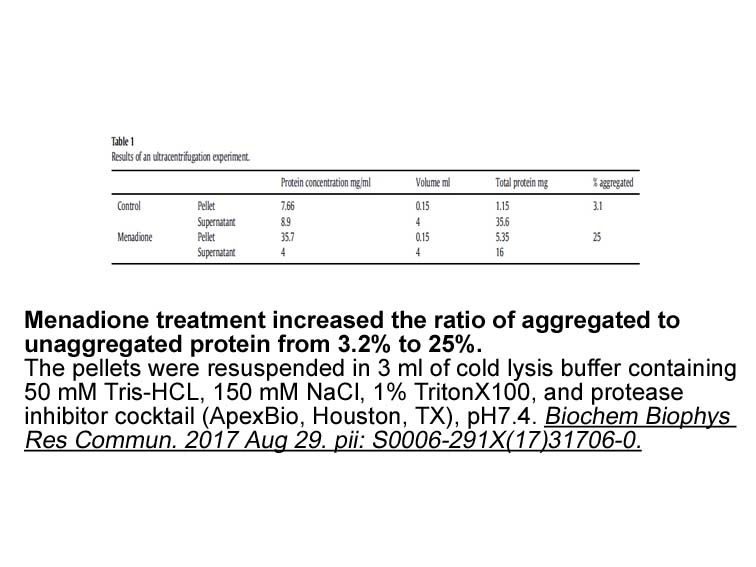
The compounds were ranked based on the Glide XP Score, as shown in . All 15 compounds were subject to a radiometric assay previously used in our lab to evaluate their ability to inhibit DHFR steady-state activity in recombinant TS-DHFR (A). Compound demonstrated greater than 50% inhibition of DHFR a
-
Although PQQ has nutritional importance and
2020-12-29
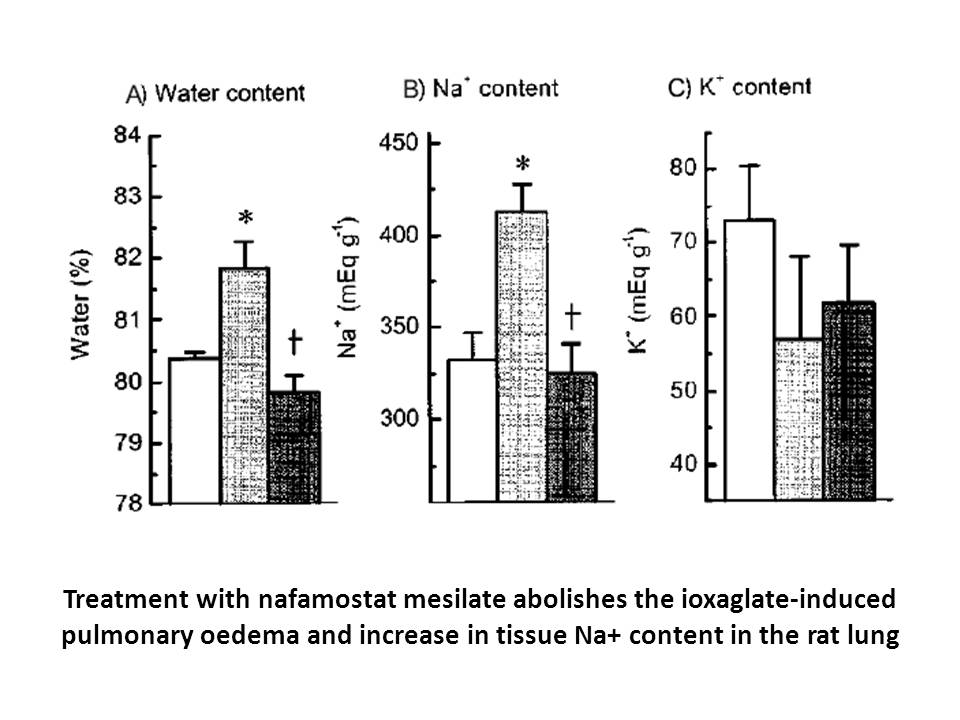
Although PQQ has nutritional importance and pharmacological effects in higher organisms, including humans [15], until recently, there was no clear evidence for the use of PQQ as a co-factor in a eukaryotic enzyme. This review presents a novel eukaryotic PQQ-dependent quinohemoprotein recently discov
-
This work was supported by grants from the
2020-12-29
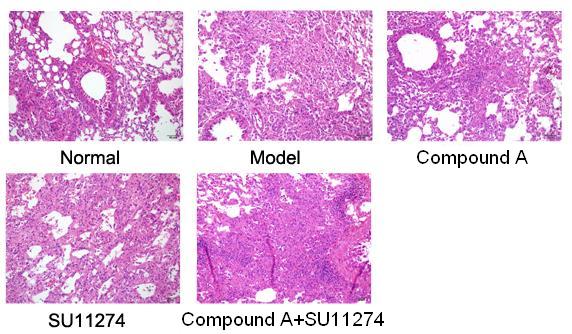
This work was supported by grants from the Institute of Cancer Research (ICR) and Biotechnology and Biological Sciences Research Council (BB/I014276/1 and BB/M013782/1). Main Text In 2006, Warburg et al. described an apparently distinct connective-tissue disorder characterized by blepharophimosi
-
NSC23766 These cytokines except for TGF can also increase Cy
2020-12-29
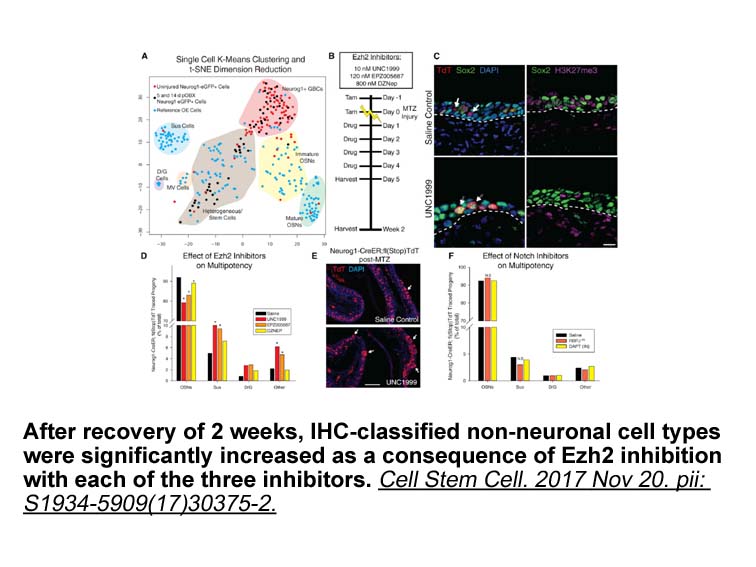
These cytokines, except for TGF-β can also increase CysLT1R mRNA expression. We further demonstrated that TGF-β and IL-13 were able to increase the proliferation of human BSMC in response to LTD4. BSMC proliferation was CysLT1R-dependent, given that Montelukast ablated this effect. Taken together, o
-
Soluble receptors have been shown to be
2020-12-29
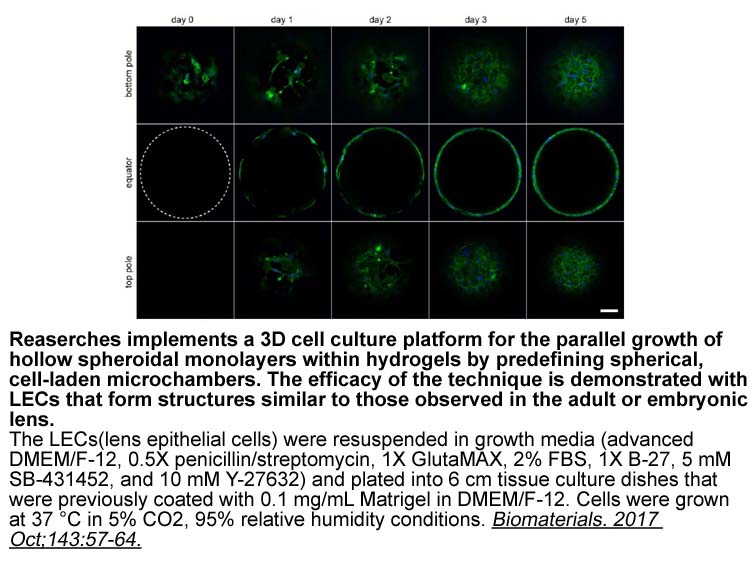
Soluble receptors have been shown to be important and common regulators of many cytokines within the immune system, including IL-1, IL-6, IFNγ, TNF-α, GM-CSF, G-CSF and others (Fernandez-Botran, 1991, Heaney, Golde, 1998). We previously described a novel soluble receptor, sCSF-1R, that to date has o
-
The anxiolytic like responses produced by anti SVG suggests
2020-12-29
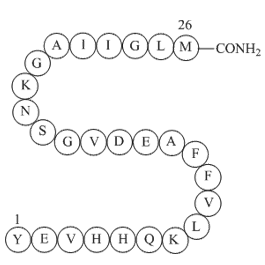
The anxiolytic-like responses produced by anti-SVG-30 suggests that CRF2 receptors mediate not only the elicitation of anxiety behavior induced by prior stress, i.e. conditioned freezing, but also unconditioned anxiety behavior induced by exposure to the unfamiliar environment of the elevated plus m
-
To evaluate the new quadrupolar CPA qCPA the
2020-12-29
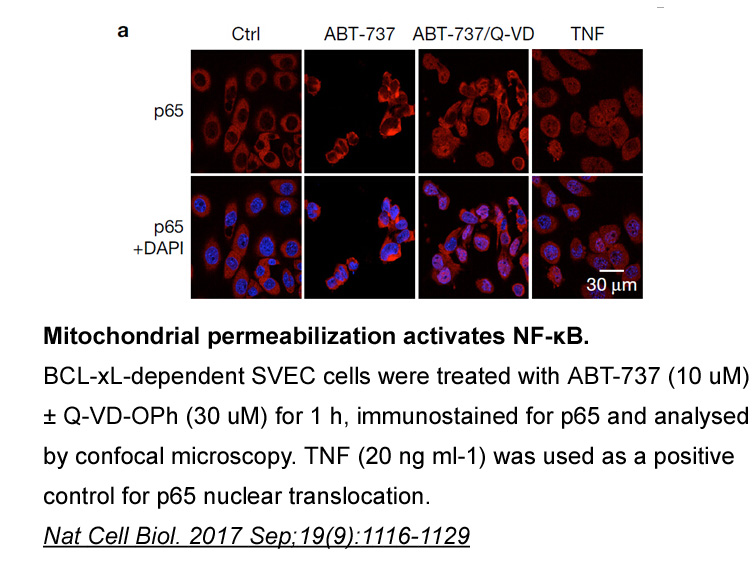
To evaluate the new quadrupolar CPA (qCPA) the pure fluid properties of CO2 are predicted both in the critical region and in the compressed liquid region. The model is furthermore applied for the prediction and correlation of binary mixtures with CO2 and n-alkanes, water, alcohols and a few quadrupo
-
Higher versus lower order skills can
2020-12-29

Higher versus lower order skills can also be understood in the context of the CPA exam. The CPA exam tests four broad topics (FAR, AUD, BEC, REG) using three different testing modes: multiple-choice, task-based simulations and written communications. Combined, the three testing modes place more emph
-
We next turned our attention to the position
2020-12-29
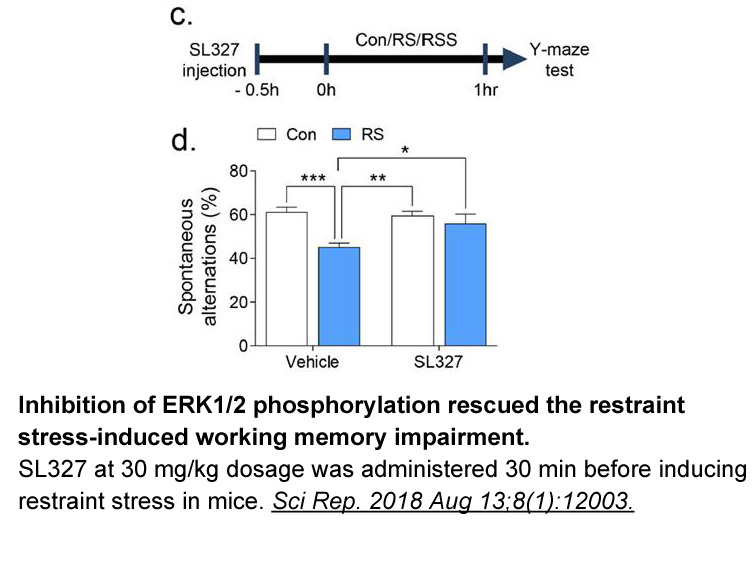
We next turned our attention to the 6-position of the indole (). It was found that the chlorine atom present in was extremely important. The des-chloro analogue showed nearly 30-fold less affinity for the EP receptor in the binding assay and was nearly 30-fold lower in activity in the functional a
-
br Results br Discussion The
2020-12-29
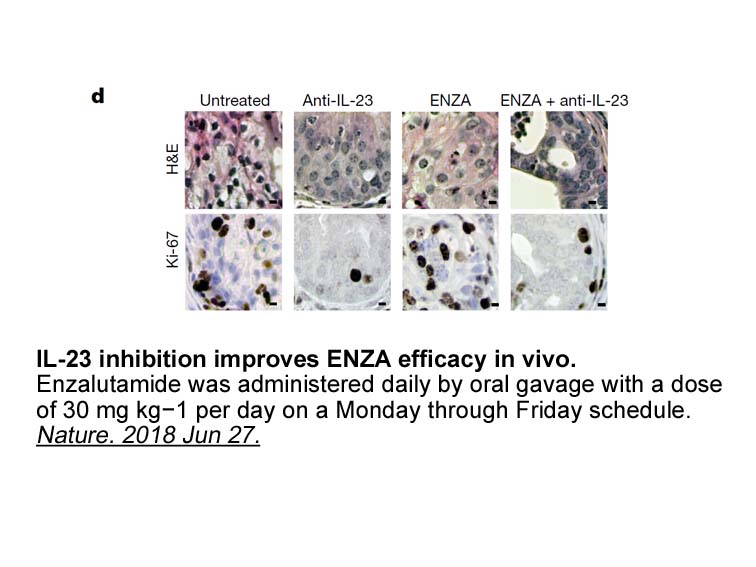
Results Discussion The origin and fate of Tfh cells has been intensely studied since their first description 14 years ago (Breitfeld et al., 2000, Schaerli et al., 2000). Although mice engineered to report BCL6 (Kitano et al., 2011, Liu et al., 2012) and interleukin-21 (IL-21) (Lüthje et al.,
14383 records 724/959 page Previous Next First page 上5页 721722723724725 下5页 Last page